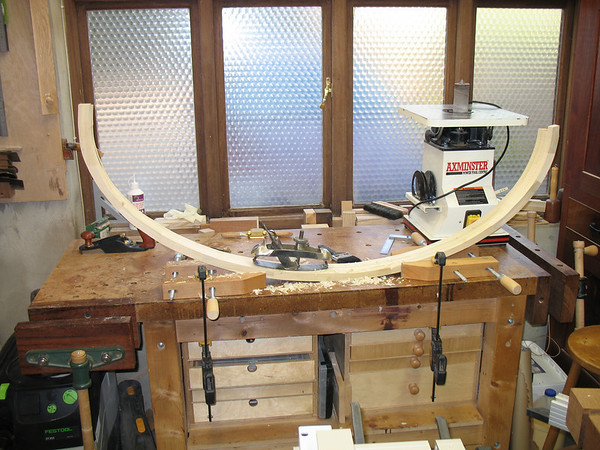bugbear
Established Member
woodbloke":4ykkgq7a said:Clearly the stuff in that pic is fairly up-market joinery work. If you're refereing to the handrails that curve in both planes, I don't know how they're made, but I suspect a spindle moulder might be involved somewhere. A compass plane can only be used effectively if the curve is uniform, ie a set radius. On a piece of furniture where the curve has a compound radius (two or more different ones) then you can't (as far as I'm aware) use a compass plane - Rob
Anyone read Ellis or Mowatt on the subject? I've heard of them, but not read.
BugBear


































